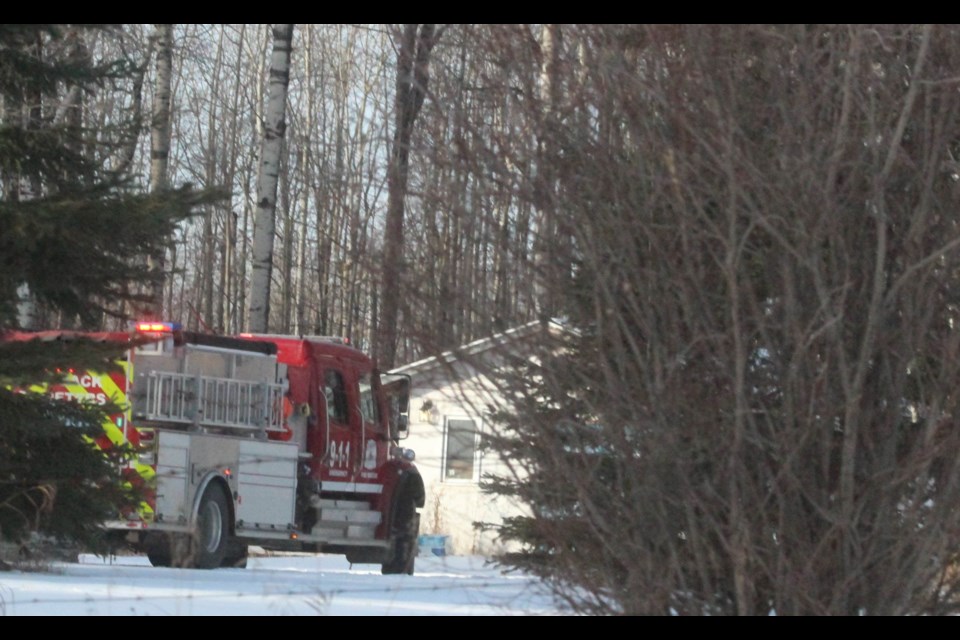LAC LA BICHE - Lac La Biche Fire Rescue crews were alerted to an alarm at a rural home on Thursday morning, signalling the presence of what has become known as a silent killer.
Carbon monoxide alarms in the family home on Mission Road started wailing mid-morning, triggering a quick response by fire crews, says Lac La Biche County Regional Fire Chief John Kokotilo. At the scene, crews did find a small build-up of the odourless and colourless gas in the home’s furnace room, and quickly vented the area.
Residents inside the home at the time of the alarm got out quickly and didn’t suffer any effects of the gas due in large part, said Kokotilo, to the presence of the alarm sensor, the time of day and the unseasonably warmer temperatures.
He encourages all Lakeland residents to be especially cautious, particularly at this time of year.
Cold weather warnings
“It can happen quickly,” he said, thankful for the positive outcome in Thursday's call. “We’ve had warmer weather, so the furnace wasn’t likely running as frequently — but if it’s a gas furnace and it’s minus 20 in the middle of the night and it’s running while they’re sleeping, that small space we vented could have been much, much bigger and then we’re talking about a different story.”
Carbon monoxide alarms are life-savers, says Kokotilo.
“Everyone should have one … especially if there are any gas appliances of any type inside the house — or any building you are using,” the fire chief said, adding that maintenance of existing alarms is just as important. “If they’re not working properly, they aren’t doing much good. Make sure batteries are replaced regularly if they have battery backup.”
Kokotilo says he makes a point to change alarm batteries in his own home twice a year, each time the clocks are changed.
“It’s important to take this issue very, very seriously,” he warned.
In the most recent case, utility crews were also dispatched to the home to check all fittings and pipes that could have lead to the alarms.
Carbon monoxide is produced by fuel burning appliances running on wood, gas, oil or coal. The current Alberta Building Code calls for carbon monoxide detectors to be installed on the ceiling near a fuel-burning appliance and in the bedrooms of a home or within five metres of a bedroom door.
Symptoms
According to Canada’s federal safety departments, symptoms of a light exposure to the gas can include tiredness, headaches, impaired motor function and partial loss of function in a body part. Increased levels or longer exposure can result in dizziness, chest pain, poor vision and difficulty thinking. High levels of exposure cause convulsions, loss of consciousness and death.
Across Canada each year, an average of 300 deaths are reported due to carbon-monoxide poisoning, with an additional 200 hospitalizations for treatment.



